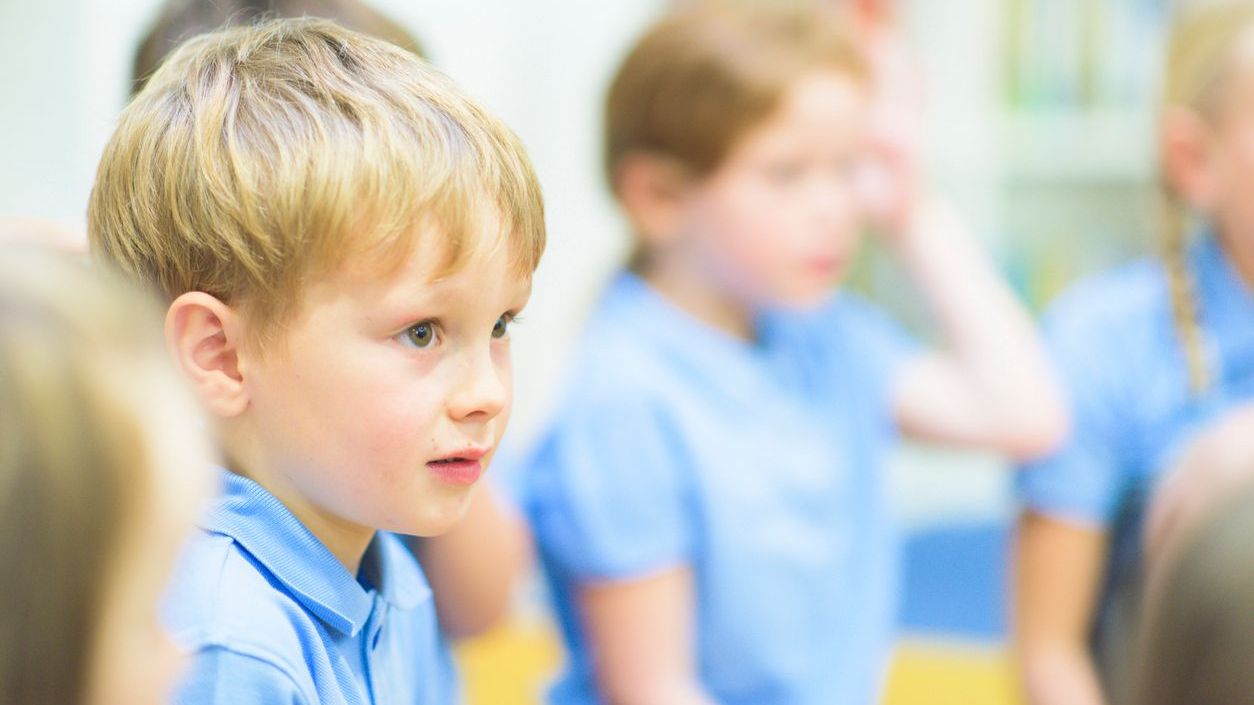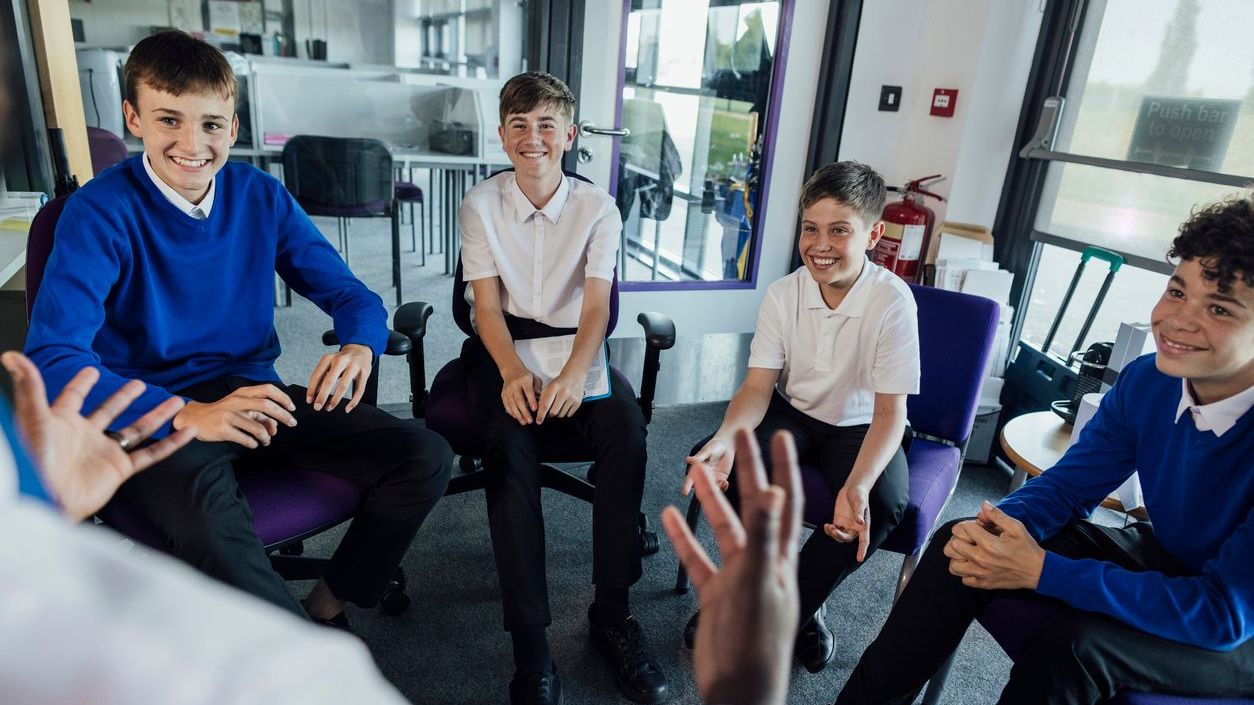What is Children’s Mental Health Week?
Children's Mental Health Week aims to raise awareness about the importance of children's and young people's mental health. This week-long event educates and encourages students, parents, and educators to prioritise mental health. The week involves various activities and resources, centred around a different theme each year, aimed at children and young people, parents and carers, and school staff. Children's Mental Health Week is an opportunity to engage students and promote this important topic, fostering an environment where mental health is openly discussed, understood and prioritised. Find out more from Place2Be and download free resources for primary schools and secondary schools.
Children’s Mental Health Week 2024
Children's Mental Health Week is 5-11 February 2024. This year’s theme, 'My Voice Matters,' is an important opportunity to prioritise and support the mental wellbeing of children and young people in schools. As teachers, we can create an environment that encourages open communication, active listening, and emotional literacy. Promoting self-reflection, providing creative outlets, and fostering peer support systems are also essential in nurturing children’s and young people’s mental health. Teaching assertiveness skills, promoting inclusion and diversity, and offering mindfulness and relaxation techniques further contribute to students' overall wellbeing. By involving parents and caregivers, we can reinforce the importance of mental health and ensure that children have the necessary support systems in place. Together, let us empower children and young people to express themselves, develop resilience, and thrive emotionally.
10 top tips for supporting children's and young people’s mental health
Read the following tips for ideas and strategies for supporting and empowering children and young people in prioritising their mental wellbeing, including links to teaching resources and advice, and external links to helpful children’s mental health charity websites and resources.
-
Encourage open communication. Create a safe and supportive environment where students feel comfortable expressing their thoughts and feelings. For practical strategies that support classroom communication, try these tips for handling complex trauma in the classroom or head to www.mentalhealth.org.uk for further information.
-
Foster active listening. Pay attention to students’ concerns and validate their emotions by actively listening without judgment. YoungMinds offers helpful tips on ‘How to be a good listener’ with a mix of advice and practical resources designed for schools and youth workers.
-
Teach emotional literacy: Help students identify and understand their emotions, and provide them with language to express their feelings effectively. For primary school children, these Self-regulation templates are designed to help children identify their emotions and develop self-regulation strategies. ELSA support is a website that provides training aimed at teaching assistants and resources to support the teaching of emotional literacy.
-
Promote self-reflection. Encourage students to reflect on their experiences and emotions, helping them develop self-awareness and self-expression. Laughology provides helpful advice and activities to support students with self-reflection in their ‘Mind the Gap’ series for supporting mental health after Covid-19.
-
Provide creative outlets. Encourage artistic activities, such as drawing, painting, or writing, to allow students to express themselves creatively. Mindfulness colouring is a good place to start, with colouring templates that can simply be printed and made accessible. Place2Be’s Activities from the Art Room also provide some great ideas for students to try in school or at home.
-
Encourage peer support. Foster a sense of community by promoting peer support systems, where students can share and listen to each other's thoughts and experiences. Anna Freud has helpful information on establishing a peer support programme in schools or colleges.
-
Teach assertiveness skills. Empower children to assert their needs and boundaries respectfully, teaching them effective communication and problem-solving skills. Childline has several helpful tips for children and young people for being assertive in different scenarios.
-
Promote inclusion and diversity. Celebrate differences and create an inclusive environment where every child's voice is heard and respected. Explore our collection of Equality, Diversity and Inclusion resources for primary and secondary schools.
-
Offer mindfulness and relaxation techniques. Teach children relaxation exercises, deep breathing techniques, or mindfulness practices to help them manage stress and anxiety. Try these mindfulness activities or read more about practical mindfulness strategies for the classroom.
-
Involve parents and caregivers. Collaborate with parents and caregivers to reinforce the importance of mental health and provide resources for supporting children's and young people’s mental wellbeing. These simple wellbeing strategies are designed for students but are also helpful for parents and caregivers. For older students, these tips for coping with exam stress are also very useful to share with parents and caregivers.
Remember, by empowering children and young people to express themselves, we can help them develop resilience and nurture their mental health.


